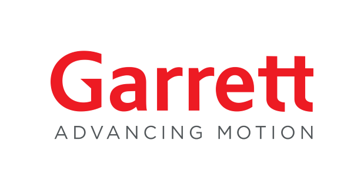You likely already inherently recognize the many stages of a contract. However, contract management lets you zoom in to see the contract lifecycle more clearly.
Here’s a breakdown of what contract lifecycle management entails.
Request stage
Every contract starts with a request. During this phase, all involved parties gather the data they need to draft a contract. This is the most critical (and often the most time-consuming) stage of a contract lifecycle because it requires both parties to find all the relevant information needed to make the contract work for all parties.
Authoring stage
Once all parties have the required information, they can begin writing a contract. Each party will write their terms and solidify clauses by including all relevant information to their contractual obligations.
Negotiation stage
Once the contract is drafted, it’s time for all parties to negotiate specific parameters to get the best outcome. The length of the negotiation stage will vary depending on several factors, including the parties involved, the number of people involved, the contract’s scale, the negotiation method, and more. This period can be shortened dramatically by using contract management software.
Approval stage
After the contract has been successfully negotiated by all parties and both sides agree on its terms and conditions, the contract is ready to be approved. This step might require one or both parties to get additional people involved, such as executives, department heads, board members, and other relevant parties. Once all relevant parties have approved the contract, it’s time for signing.
Signature stage
This is when all relevant parties sign the contract, and it becomes official. Contract management software simplifies this step by allowing for electronic signatures, which can drastically reduce the amount of time spent on this stage.
Post-signature stage
After the contract has been signed, each party is responsible for holding up their end of the agreement by following the obligations laid out in the contract. This is often referred to as compliance. CLM can help track compliance for both parties and find problems early before they lead to business hazards such as late fees or legal ramifications.
Renewal
As a contract nears its expiration date, it needs to be renegotiated and renewed. CLM can help businesses stay on top of expiration dates so renewals can occur before a contract expires.



































